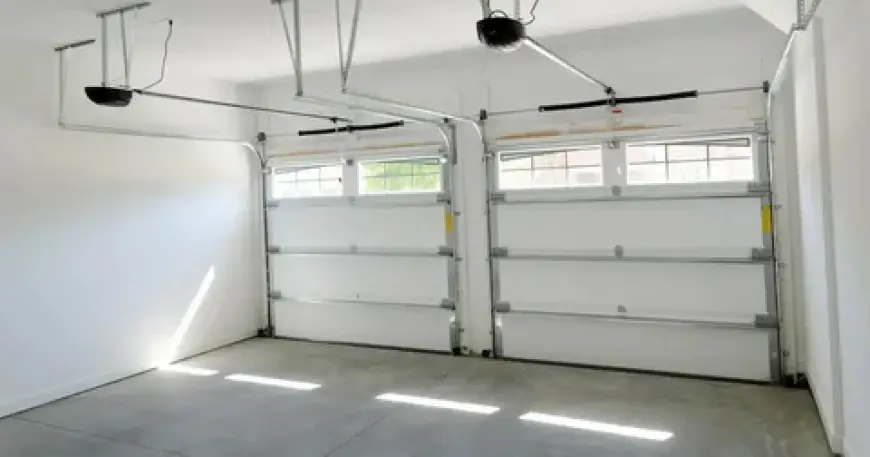Garage Door Spring Replacement in Orange County: What to Expect
Learn everything about garage door spring replacement in Orange County, CA. Discover signs of failure, types of springs, costs, and why professional service is essential.

Garage door springs are the primary counterbalance for your garage door, enabling smooth opening and closing. In Orange County, CA, springs endure heavy daily use and environmental stresses, making them one of the most commonly replaced components. Understanding the process, costs, and risks can help you make informed decisions when it’s time for replacement.
In this article you will learn everything about garage door spring replacement services in Orange County, CA. Discover signs of failure, types of springs, costs, and why professional service is essential.
The Function of Garage Door Springs
Springs store mechanical energy when the door is closed, releasing it to lift the door. Without springs, the opener alone cannot handle the door’s weight.
Signs You Need Spring Replacement
-
Door feels extremely heavy – The opener struggles to lift it.
-
Door won’t stay open – It drops as soon as you release it.
-
Loud bang from the garage – Indicates a spring snap.
-
Visible gap in coil – Common in broken torsion springs.
-
Uneven lifting – Suggests one spring in a pair has failed.
Types of Garage Door Springs
Torsion Springs
-
Mounted horizontally above the door.
-
Longer lifespan (15,000–20,000 cycles).
-
Safer when breaking, as they unwind in place.
Extension Springs
-
Mounted on each side of the door above the horizontal tracks.
-
Shorter lifespan (10,000–15,000 cycles).
-
Require safety cables to prevent flying if they break.
Dangers of DIY Spring Replacement
Garage door springs are wound under extreme tension. Attempting to replace them without training can result in:
-
Severe injuries from sudden unwinding.
-
Damaged tools and property.
-
Improper balance leading to door failure.
Professional Spring Replacement Process
-
Inspection – Assess both springs, cables, and hardware.
-
Securing the Door – Lock it in place to prevent movement.
-
Spring Removal – Carefully unwind and remove broken springs.
-
Installation – Fit correct spring size for the door’s weight.
-
Balancing & Testing – Ensure smooth, even movement.
Orange County Considerations
-
Coastal rust – Accelerates spring wear.
-
High cycle needs – Daily use demands stronger springs.
-
Heat exposure – Inland heat can affect spring lubrication.
Extending Spring Life
-
Lubricate every 6 months.
-
Avoid slamming the door.
-
Schedule annual inspections.
-
Upgrade to high-cycle springs if you use the door multiple times daily.
Final Thoughts
In Orange County, garage door spring replacement should always be performed by a trained professional. The safety risks and precision required make DIY a dangerous choice. Whether you have torsion or extension springs, timely replacement ensures smooth operation, protects your garage door opener and extends the life of your garage door system.
FAQs About Garage Door Spring Replacement
1. How often should springs be replaced?
Every 7–15 years, depending on usage and type.
2. Should I replace both springs together?
Yes, to maintain balance and prevent uneven wear.
3. Can I open my door with a broken spring?
It’s unsafe and can damage your opener.
4. Are high-cycle springs worth the investment?
Yes, especially for high-use households.
5. How long does replacement take?
Typically 1–2 hours with a professional.
What's Your Reaction?
 Like
0
Like
0
 Dislike
0
Dislike
0
 Love
0
Love
0
 Funny
0
Funny
0
 Angry
0
Angry
0
 Sad
0
Sad
0
 Wow
0
Wow
0


















































